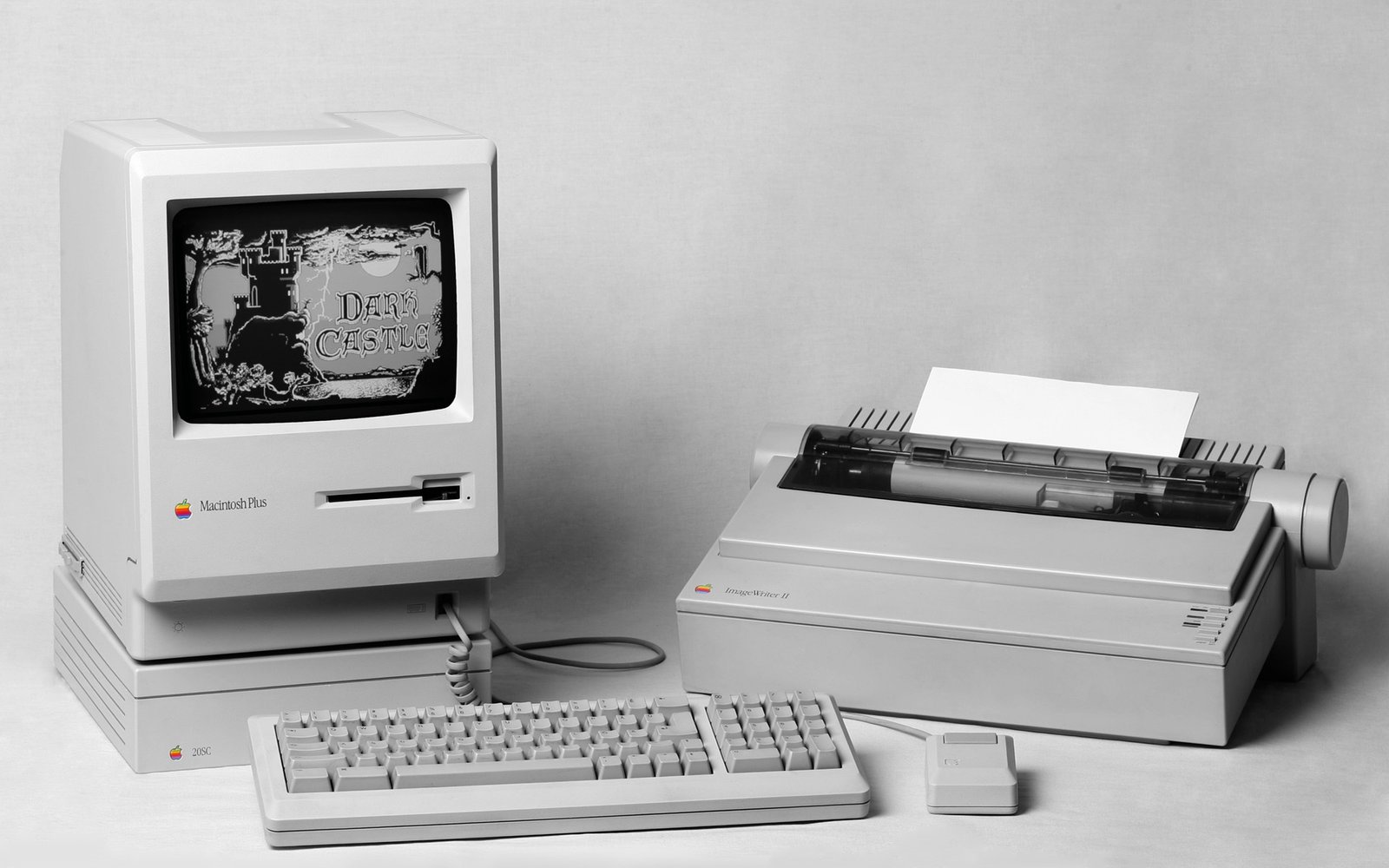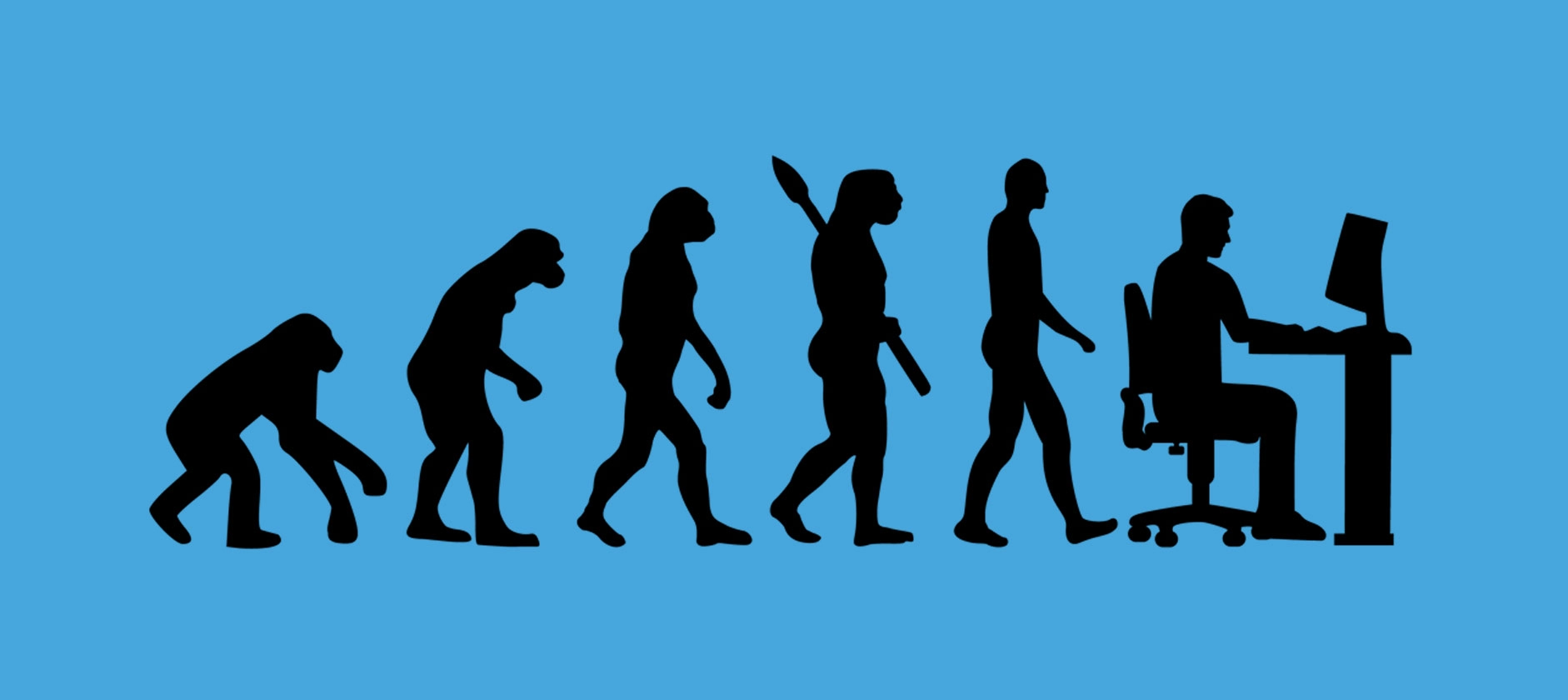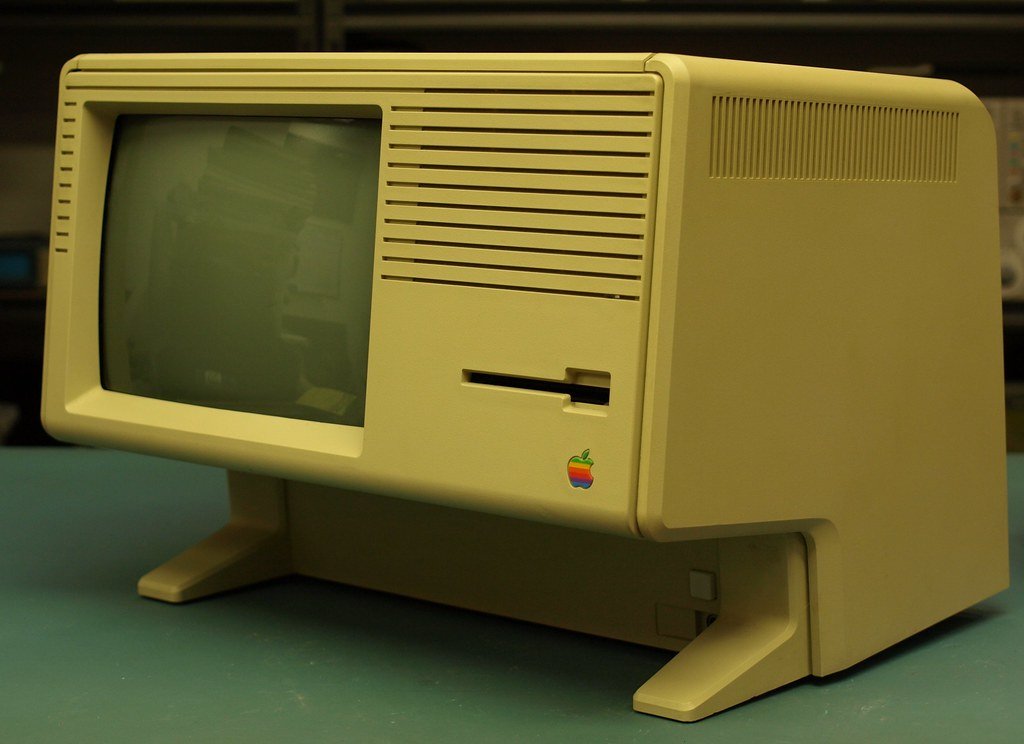Few events in tech history have had as profound an impact on personal computing as the launch of the Macintosh on January 24, 1984. Developed by Apple Inc., the Macintosh was not merely a computer; it was a revolutionary leap forward, ushering in a new era of user-friendly computing that would reshape the entire PC market.
At the heart of the Macintosh’s significance was its pioneering Graphical User Interface (GUI). While command-line interfaces were the norm at the time, the Macintosh introduced a visually intuitive way for users to interact with their computers. With a mouse in hand, users could point and click, navigating through a graphical environment that made computing accessible to a broader audience. This shift from text-based commands to a graphical interface marked a turning point, setting the stage for the user-friendly systems we take for granted today.
The Macintosh also introduced the concept of What You See Is What You Get (WYSIWYG), allowing users to view precisely what would be printed on their screens. This innovation was a game-changer, particularly in the realm of desktop publishing. Designers and content creators could now see the layout and formatting of their work in real time, streamlining the creative process and paving the way for the desktop publishing revolution.
Beyond its technological innovations, the Macintosh captivated attention with its sleek and compact design. In an era dominated by clunky and uninspiring computer hardware, the Macintosh stood out, setting a new standard for aesthetics in the tech industry. This emphasis on design, form, and function not only distinguished the Macintosh but also influenced the broader landscape of computing devices.
As we delve into the narrative of the Macintosh’s launch, we uncover the ripple effects that extended far beyond its initial introduction. From the competitive responses it elicited to its lasting impact on creative industries, the Macintosh’s legacy is woven into the fabric of modern computing. Join us on a journey through the pages of history as we explore how the Macintosh changed the game, leaving an indelible mark on the evolution of personal computers.
Table of Contents
Why is Apple OS called Macintosh?
The term “Macintosh” refers to both Apple’s line of personal computers and its operating system, known as macOS. The name is derived from the original Macintosh computer, which was introduced in 1984. The Macintosh, often abbreviated as “Mac,” was a groundbreaking product developed by Apple Inc. under the leadership of Steve Jobs.
The name “Macintosh” itself has an interesting origin. It is inspired by a variety of apple, specifically the McIntosh apple. The choice of this name reflects Apple’s tradition of using fruit-related names for their products. The McIntosh apple is known for its sweet and crisp qualities, and by associating the computer with this fruit, Apple aimed to convey the idea of a computer that is not only technologically advanced but also user-friendly and enjoyable.
Over time, the term “Macintosh” has become synonymous with Apple’s line of personal computers and the macOS operating system. The success and innovation associated with the Macintosh brand have contributed to Apple’s iconic status in the tech industry, and the name continues to evoke a sense of quality, style, and user-centric design in the world of computing.
Why is Macintosh famous?
The Macintosh is renowned for its revolutionary impact on personal computing, driven by innovative features that set it apart from its contemporaries. Launched in 1984 by Apple Inc., the Macintosh gained fame primarily for introducing a Graphical User Interface (GUI) and a mouse, providing users with an unprecedented level of accessibility and interaction. Unlike the command-line interfaces prevalent at the time, the Macintosh allowed users to navigate through a visually intuitive environment, making computing more user-friendly.
Another key factor contributing to Macintosh’s fame was its emphasis on What You See Is What You Get (WYSIWYG) functionality. This feature, coupled with the inclusion of a mouse, transformed the creative landscape by enabling real-time visualization of document layouts and designs, particularly in desktop publishing. The Macintosh’s sleek design and compact form also contributed to its fame, setting a new standard for aesthetics in the tech industry.
Moreover, the Macintosh’s influence extended beyond its initial release, shaping the ongoing competition between Apple’s macOS and Microsoft’s Windows operating systems. Its legacy is evident in subsequent Apple products, each continuing the tradition of innovation. Collectively, these elements make the Macintosh famous for revolutionizing personal computing, introducing user-friendly interfaces, and leaving an enduring mark on the evolution of technology.

What was Apple’s old name?
Apple Inc. was initially known as “Apple Computer, Inc.” The company was founded on April 1, 1976, by Steve Jobs, Steve Wozniak, and Ronald Wayne. In its early years, Apple focused primarily on developing and selling personal computers. The iconic Apple I, the company’s first product, was introduced in 1976, followed by the Apple II in 1977, which achieved significant commercial success.
The name “Apple Computer, Inc.” reflected the company’s initial emphasis on the burgeoning personal computer market. However, as Apple expanded its product line beyond computers to include devices like the iPod, iPhone, iPad, and various software and services, the company underwent a transformation that necessitated a broader brand identity.
In January 2007, Apple Inc. made a pivotal announcement with the introduction of the iPhone. This marked a shift in the company’s focus towards a more diverse range of consumer electronics and services. Consequently, on January 9, 2007, Apple officially dropped the word “Computer” from its name and became known simply as “Apple Inc.” This change signified Apple’s evolution into a multi-dimensional technology company, encompassing not just computers but a wide array of innovative products and services.
Macintosh’s Revolutionary Launch and Transformative Impact on the PC Market
The launch of the Macintosh computer on January 24, 1984, marked a significant milestone in the history of personal computing and had a profound impact on the PC market. Here’s a detailed overview of the launch and its effects:
Background
Apple Inc.
The Macintosh was developed by Apple Inc. and led by a team that included Steve Jobs, Steve Wozniak, and others.
1984 Commercial
The iconic launch included a Super Bowl commercial directed by Ridley Scott, known as the “1984” ad, which introduced the Macintosh as a revolutionary product.
Key Features of the Macintosh
Graphical User Interface (GUI)
The Macintosh was one of the first personal computers to feature a graphical user interface, making it more user-friendly and accessible.
Mouse Input
The inclusion of a mouse allowed users to interact with the computer more intuitively, enabling point-and-click navigation.
WYSIWYG (What You See Is What You Get)
The Macintosh allowed users to see on the screen exactly what would be printed, a significant advancement in desktop publishing.
Compact Design
The Macintosh had a sleek, compact design, which set it apart from the bulkier and less visually appealing PCs of the time.
Impact on the PC Market
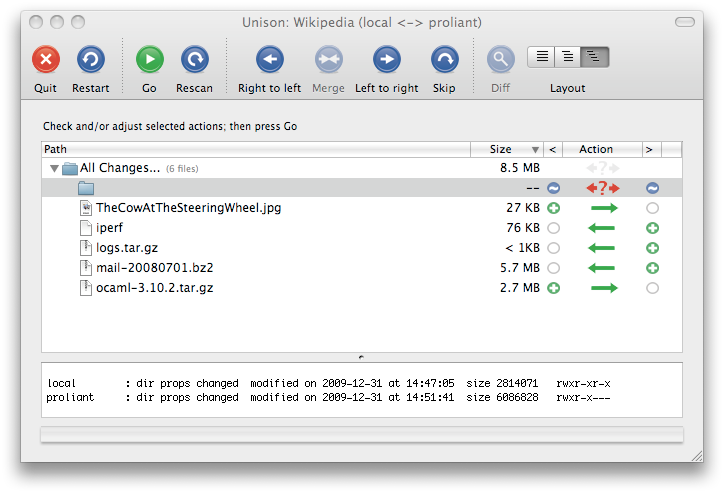
User-Friendly Interface
The introduction of the Macintosh in 1984 marked a watershed moment in the history of personal computing, fundamentally altering the landscape with its groundbreaking Graphical User Interface (GUI) and the integration of a mouse for input. This innovative combination made personal computing vastly more accessible to a broader audience.
Before the Macintosh, most personal computers operated through command-line interfaces, requiring users to input text commands to perform tasks. This approach was often intimidating for non-technical users and posed a significant barrier to widespread adoption. The Macintosh, however, discarded this convention by introducing a visually intuitive GUI. Users could interact with the computer by pointing and clicking on graphical elements, revolutionizing the way individuals engaged with technology.
The incorporation of a mouse further enhanced user interaction, providing a tangible and easy-to-use device for navigating the GUI. This departure from the cumbersome command-line interactions made the Macintosh a user-friendly platform, inviting individuals with varying levels of technical proficiency into the realm of personal computing.
The Macintosh’s GUI and mouse input not only simplified the user experience but also laid the foundation for a more intuitive and visually driven computing environment. This departure from traditional computing interfaces marked a paradigm shift, setting the stage for the modern graphical interfaces that define our digital interactions today. The Macintosh’s influence in making technology more user-friendly echoes through the decades, shaping the trajectory of personal computing for generations to come.
Desktop Publishing Revolution
The Macintosh’s introduction in 1984 marked a pivotal moment in the history of desktop publishing, fundamentally altering the way we create and interact with printed materials. At the heart of this transformative impact was the Macintosh’s groundbreaking ability to display What You See Is What You Get (WYSIWYG) graphics and text.
Prior to the Macintosh, the desktop publishing process was a cumbersome endeavor. Designers had to contend with the limitations of command-line interfaces and could not visualize the final output until after the printing stage. The Macintosh revolutionized this paradigm by providing a real-time, on-screen representation of the document as it would appear in print. This innovative feature allowed designers and content creators to have an immediate and accurate preview of their work, streamlining the creative process and eliminating the guesswork associated with traditional publishing workflows.
This newfound capability paved the way for the creation of high-quality documents, newsletters, and publications. Designers could now fine-tune layouts, fonts, and graphical elements with precision, resulting in a significant enhancement of the overall print quality. The Macintosh’s impact on desktop publishing was not just technological but also cultural, empowering a generation of creatives to produce professional-looking materials with unprecedented ease and efficiency. In essence, the Macintosh became a catalyst for a desktop publishing revolution that transformed the way information was disseminated and visually presented to the world.
Competition and Innovation
The introduction of the Macintosh in 1984 marked a turning point in the history of personal computing, sparking fierce competition and shaping the landscape of operating systems. In response to the Macintosh’s revolutionary Graphical User Interface (GUI) and mouse input, Microsoft embarked on a transformative journey, developing the Windows operating system.
Released in 1985, Windows was Microsoft’s answer to the graphical advancements pioneered by the Macintosh. It introduced a GUI that allowed users to navigate through applications using a mouse, bringing a user-friendly experience to PC users. This development set the stage for an enduring rivalry between the Macintosh and Windows operating systems, a rivalry that has persisted for decades.
The competition between Macintosh and Windows fueled innovation on both fronts. Each platform sought to outdo the other with new features, improved user interfaces, and enhanced functionalities. This ongoing rivalry has been instrumental in driving advancements in personal computing, benefiting users through continuous improvements in usability, design, and performance.
Ultimately, Macintosh’s introduction not only revolutionized the way people interacted with computers but also triggered a competitive dynamic that shaped the evolution of operating systems. The Macintosh-Windows rivalry became a cornerstone of the PC market, influencing technological progress and setting the stage for the diverse computing landscape we witness today.
Influence on Design
The Macintosh, with its sleek design and unwavering commitment to aesthetics, played a pivotal role in reshaping the design philosophy of computers that followed. Introduced in 1984, the Macintosh was a visual standout in an era dominated by bulky, uninspiring computer hardware. Its design was a departure from the norm, embracing a minimalist yet elegant approach that immediately caught the eye.
What set the Macintosh apart was not just its exterior beauty but the integration of form and function. Apple’s emphasis on the visual appeal of its products went hand in hand with a dedication to user-friendly functionality. This fusion of aesthetics and practicality set a new standard in personal computing, influencing the entire tech industry.
The impact of the Macintosh’s design philosophy extended far beyond its initial release. Competing manufacturers began to recognize the importance of aesthetics, moving away from the utilitarian designs of the past. The Macintosh’s influence could be seen in the subsequent generation of computers, as manufacturers sought to replicate the seamless marriage of style and usability that defined Apple’s flagship product.
Ultimately, the Macintosh’s sleek design not only distinguished it in a crowded market but also left an indelible mark on the ethos of computer design. Its legacy persists in the modern era, where consumers continue to prioritize devices that seamlessly blend form with function, owing much of this expectation to the groundbreaking design principles established by Macintosh.
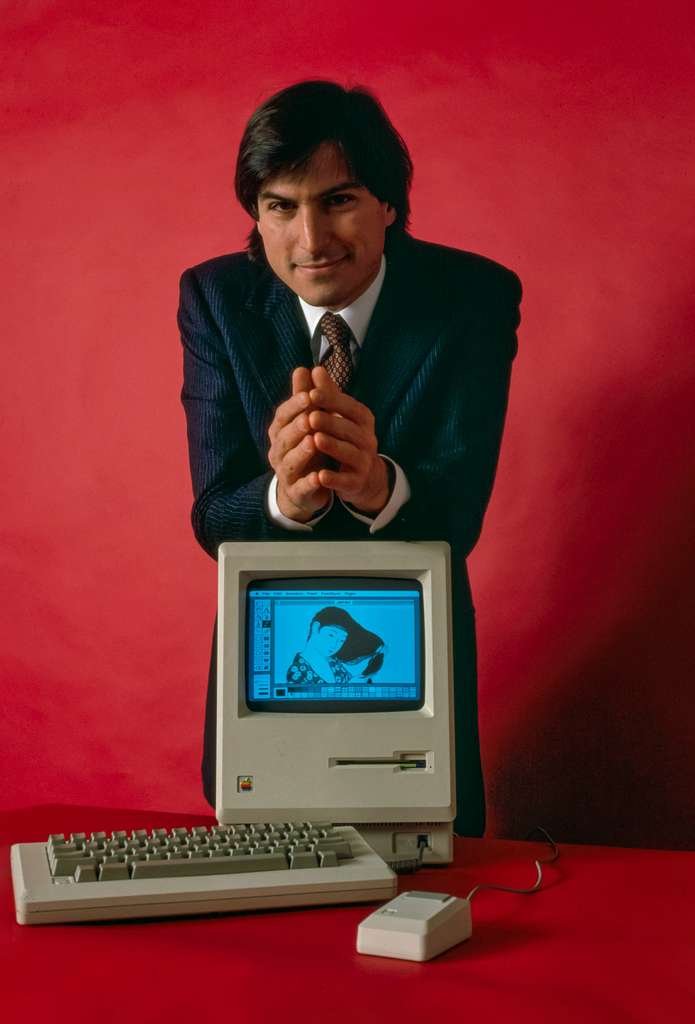
Creative Industries Adoption
The Macintosh’s foray into the personal computing landscape wasn’t merely a technological breakthrough; it was a transformative catalyst that found a niche and thrived within the creative industries. Graphic design, advertising, and multimedia production were domains where the Macintosh swiftly became the preferred tool for professionals seeking unparalleled graphic capabilities and ease of use.
In graphic design, the Macintosh’s graphical user interface (GUI) and its intuitive design tools revolutionized the creative process. Designers could to seamlessly translate their ideas into digital form, manipulating images and layouts with unprecedented precision. This shift from traditional methods to digital design marked a paradigmatic leap, and the Macintosh stood at the forefront of this evolution.
Advertising professionals embraced the Macintosh for its ability to seamlessly integrate text and visuals, producing compelling and visually striking campaigns. The WYSIWYG (What You See Is What You Get) feature ensured that the on-screen representation matched the final output, streamlining the design and approval process.
Multimedia production, including video and audio editing, also experienced a renaissance with the Macintosh. Its robust multimedia capabilities, coupled with user-friendly software, empowered content creators to bring their visions to life with efficiency and creativity.
The Macintosh became more than a computing device; it became a creative companion, propelling professionals in graphic design, advertising, and multimedia production into new realms of artistic expression and productivity. Its impact on these industries resonates to this day, underscoring the enduring legacy of the Macintosh in shaping the landscape of creative technology.
Legacy of Innovation
The Macintosh’s groundbreaking launch in 1984 not only marked a pivotal moment in computing history but also laid the foundation for Apple’s enduring reputation as a trailblazer in innovation. With its Graphical User Interface (GUI) and user-friendly design, the Macintosh set new standards for personal computing, showcasing Apple’s commitment to pushing technological boundaries.
This launch catalyzed a series of revolutionary products that followed, cementing Apple’s status as an industry leader. The iMac, introduced in 1998, redefined computer aesthetics with its colorful, translucent design, challenging conventional norms. The iPod unveiled in 2001, transformed the music industry by providing a portable and user-friendly way to carry and listen to music.
The true seismic shift occurred with the introduction of the iPhone in 2007. Combining a phone, media player, and internet communicator, the iPhone not only revolutionized the smartphone market but also set a new benchmark for mobile technology. Subsequent to this, the iPad, introduced in 2010, pioneered the tablet market, further solidifying Apple’s role in shaping consumer preferences.
Each of these products not only reflected Apple’s commitment to innovation but also contributed to a paradigm shift in how we interact with technology. The Macintosh’s legacy lives on in these iconic devices, collectively shaping the modern technology landscape and reinforcing Apple’s enduring influence on the way we live, work, and connect in the digital age.
The Macintosh’s debut in 1984 marked a pivotal moment in the history of personal computing, sparking a revolution that transcended mere hardware. Its groundbreaking user-friendly interface, featuring graphical elements and mouse input, fundamentally transformed how individuals interacted with computers. The shift from command-line interfaces to intuitive graphical user interfaces set a new standard, democratizing computing and making it accessible to a broader audience.
Beyond its immediate impact, the Macintosh catalyzed enduring changes in the tech landscape. Its influence reverberated in the development of subsequent operating systems, with competitors like Microsoft responding with the creation of Windows. The Macintosh’s emphasis on sleek, compact design also reshaped the aesthetics of computing devices, setting a precedent for the fusion of form and function.
Crucially, the Macintosh’s legacy extends far beyond its historical context. Its role in shaping the modern PC market is undeniable, as it inspired a wave of innovation and competition that propelled the industry forward. Today, the Macintosh continues to wield influence, not just as a historical milestone but as a symbol of Apple’s commitment to pushing the boundaries of technological innovation and design excellence.








